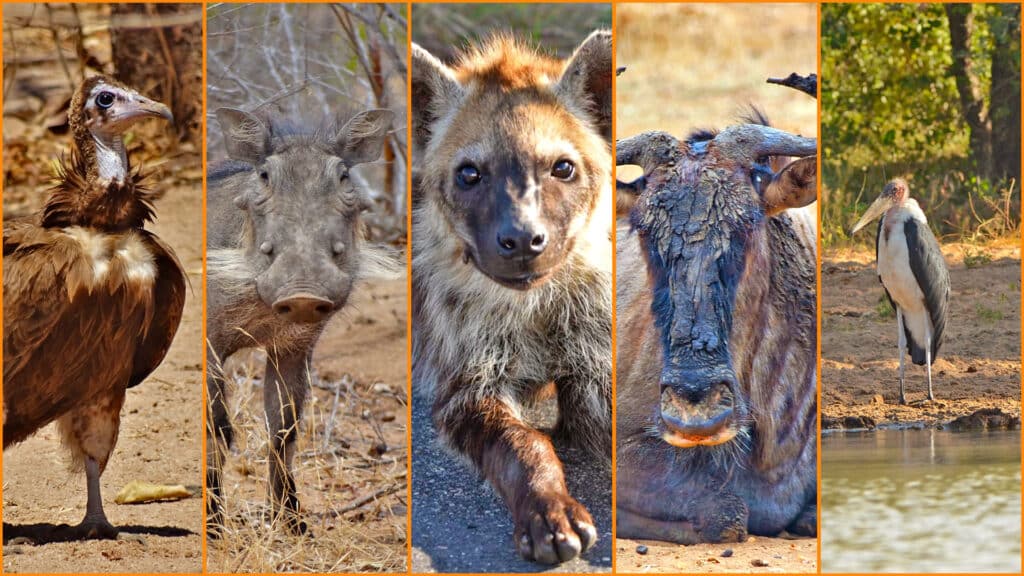
Now that we’ve covered the BIG 5 and the SMALL 5 – it’s time to delve into the ugly 5 in part 3 of this series on Africa’s famous 5!
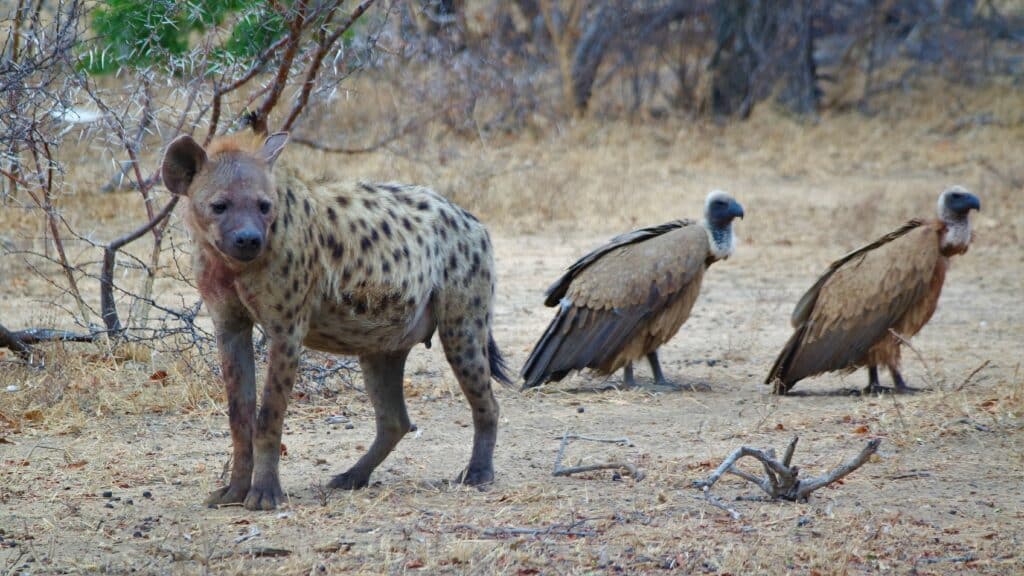
The UGLY 5 are the hyena, vulture, marabou stork, wildebeest, and warthog. This conclusion came down purely to these animals’ looks. But of course, every single creature has a role in the ecosystem – whether, they are big, small, or even ugly.
The Hyena
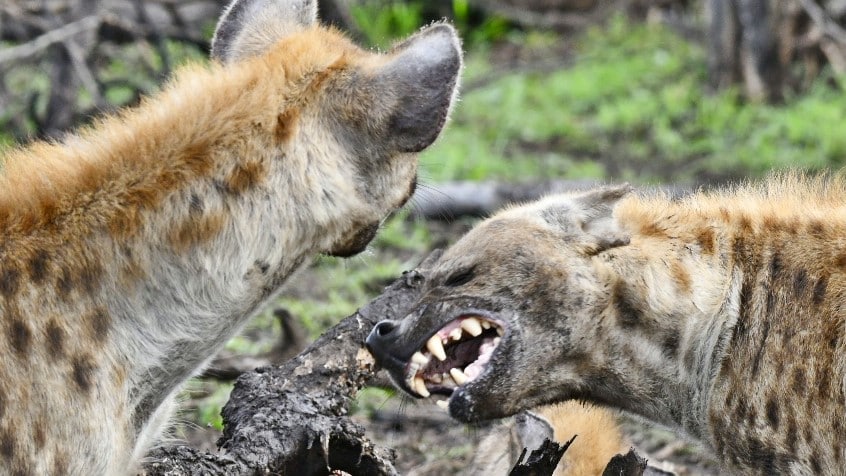
In Southern Africa, there are 3 different species of hyena – the brown hyena, spotted hyena and aardwolf. But generally, when referring to the Ugly 5, they spotted hyena is the one dubbed the ugliest. These animals are famous for their “laughs” and scavenging mannerisms, as they love to grab the leftovers of other predators. What many do not know, is that they are actually highly adaptable and intelligent hunters as they can run for long distances, thus exhausting their prey.
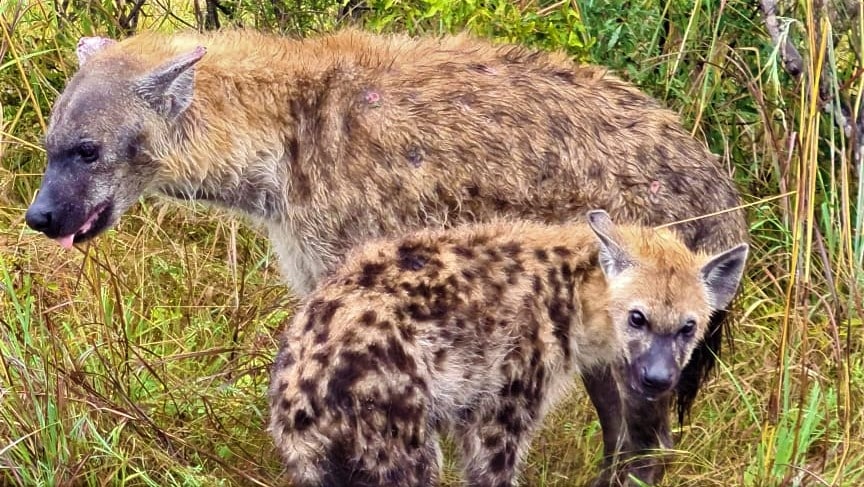
Their massive jaws can break into large bones and they have one of the most powerful bites in the African bush. These animals are utterly crucial to nature – as they can feed on decaying flesh, with an immaculate digestive system that can digest rotten flesh. This prevents diseases from spreading amongst animals in the wild. Hyenas live in clans with females dominating these groups. A female hyena will carry her young for 4 months and give birth to 1 or 2 cubs. Should there be two, one cub may kill the other to eliminate competition.

Have you checked out our brand-new Latest Sightings App? Let us know which of Africa’s famous Ugly 5 and other animals you see in the parks and reserves!
The Vulture
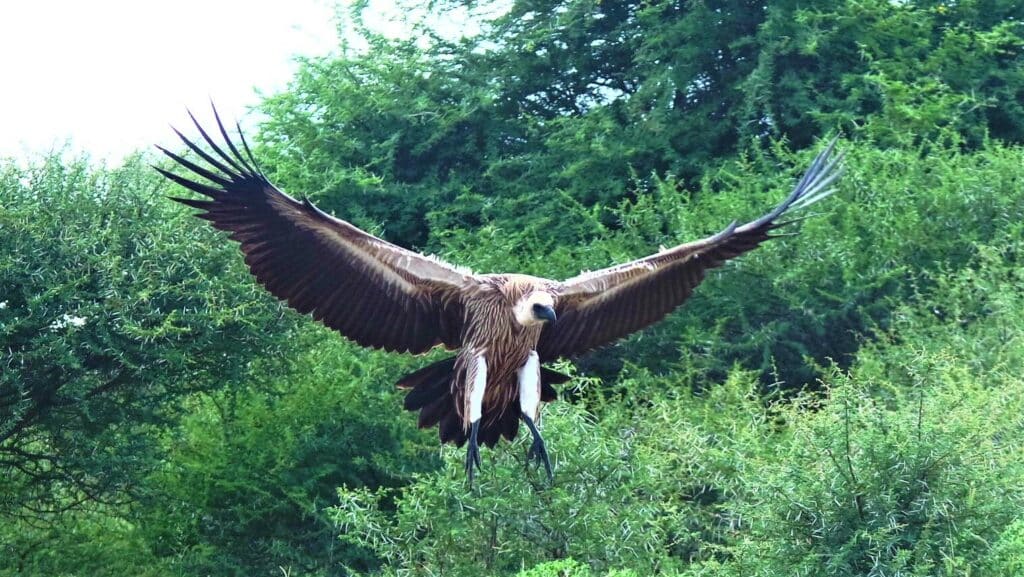
Various species can be found in Africa such as White-backed, Lappet-faced, and Hooded vultures – to name a few. Vultures are predominantly scavengers of carrion. Like hyenas, they play an enormous role in the ecosystem by cleaning up the environment for other animals.
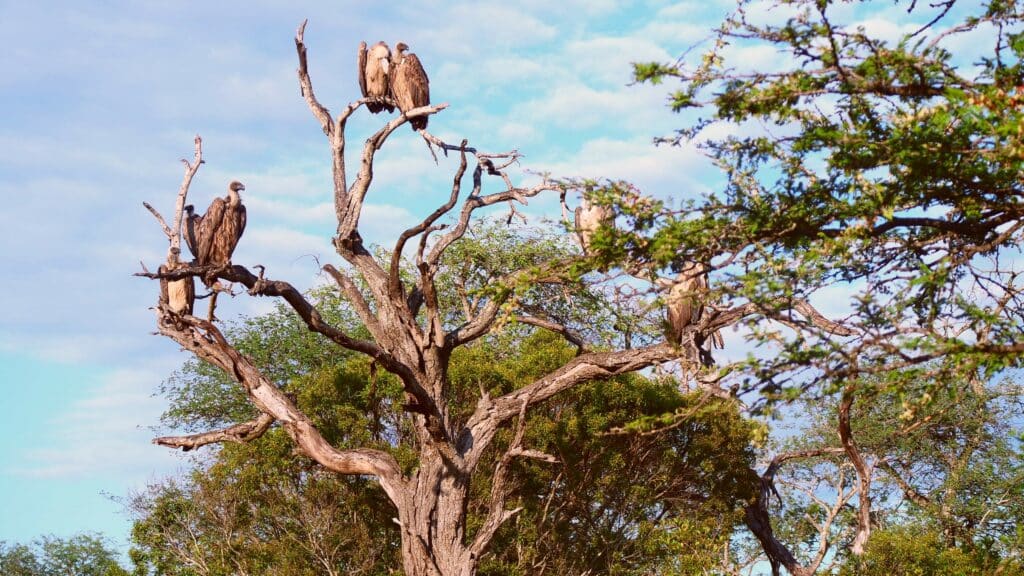
They are well-known for pointing out carcasses – as they soar from high-up above. And with their incredible eyesight – are able to spot carcasses, whether it be fresh or old. Of course, when a predator is still with its kill (for example a pride of lions with a zebra kill), vultures will perch in a tree and wait to take their chance to get a piece. Some are brave and will even push their luck with a predator still eating the kill.
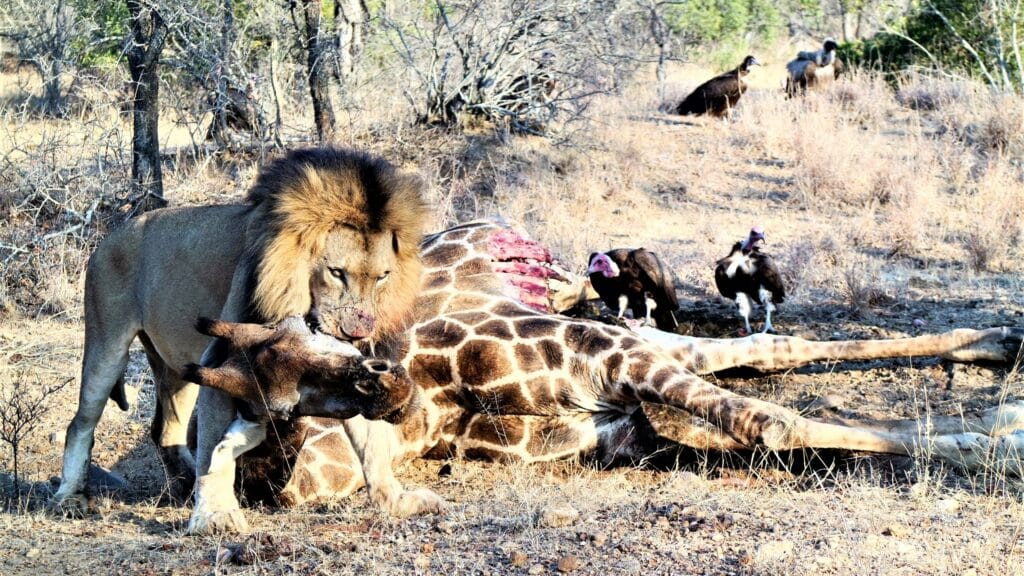
The Warthog
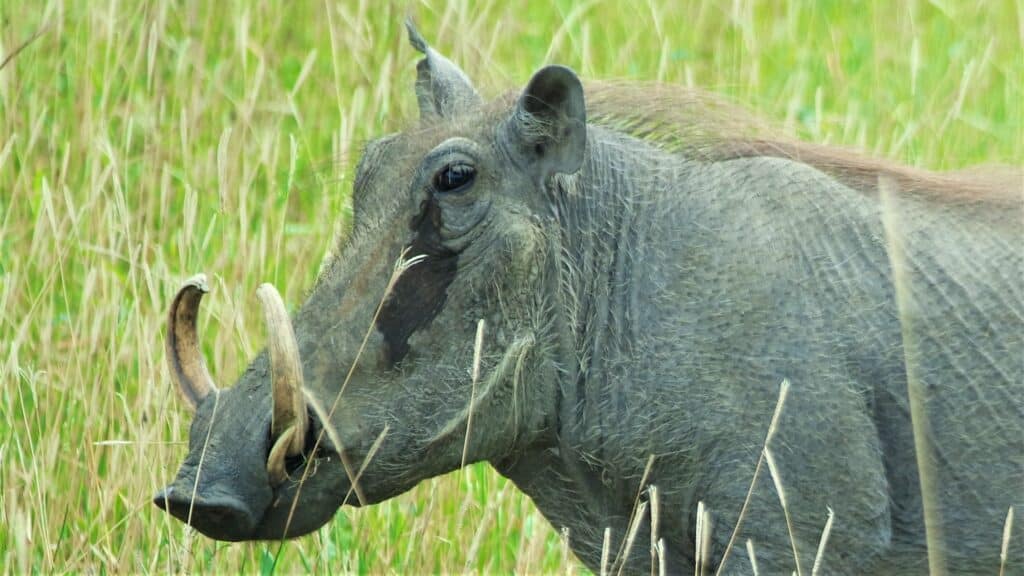
Most people refer to these guys as “Pumba – aka Simba’s friend”. Their names come from the warts they have on their faces. Bores (males) will have 2 sets of warts, whereas sows (females) will just have 1 set. Both have a set of tusks though and use this to defend their young and themselves. Males will especially use this when establishing dominance, by pushing each other, and using their heads as well.
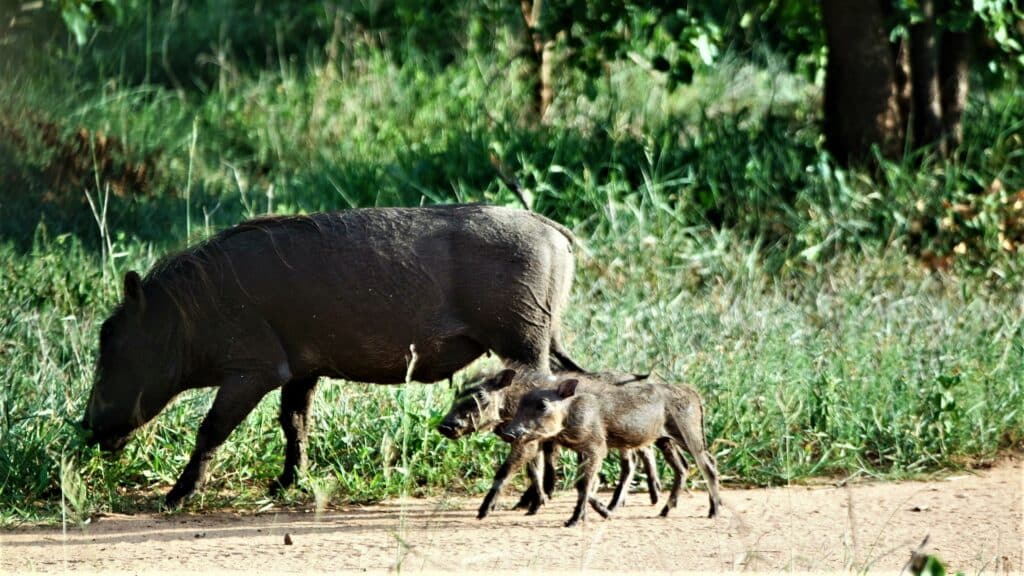
Many underestimate these animals – as they may seem innocent. But they have been known to severely injure predators, and in some cases even kill animals such as leopards. By using their tusks they can puncture or slit the throat of the enemy. They are very feisty by nature and predated on quite regularly. Especially in the summer months (October to January) as this is their prime time for giving birth to up to 6 piglets, but of course very rarely will all of them make it to adulthood.
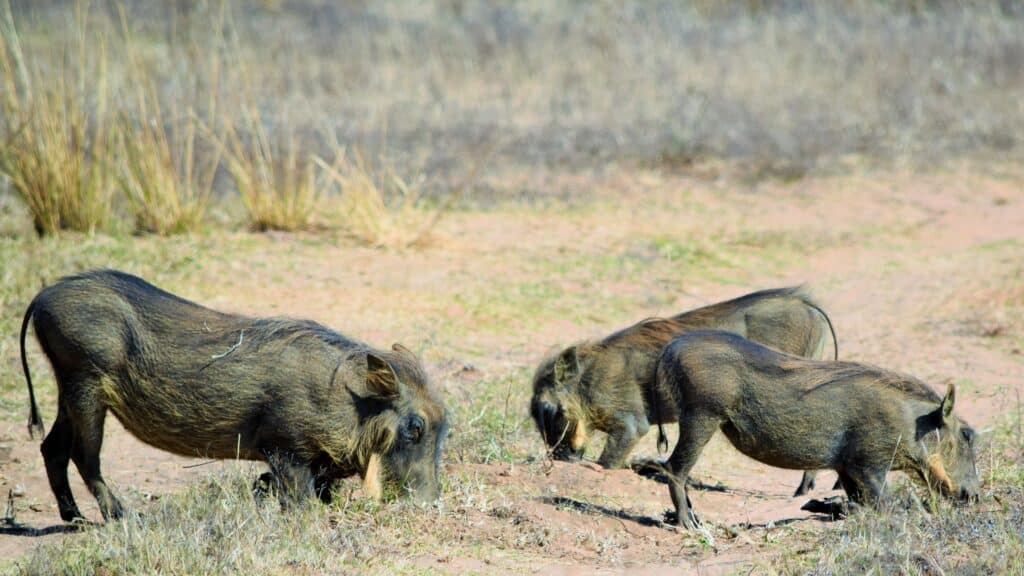
Their diet largely includes greens – such as grass, roots, and bulbs. They are often seen on their knees when feeding, as they also use their tusks for digging up food.
The Wildebeest
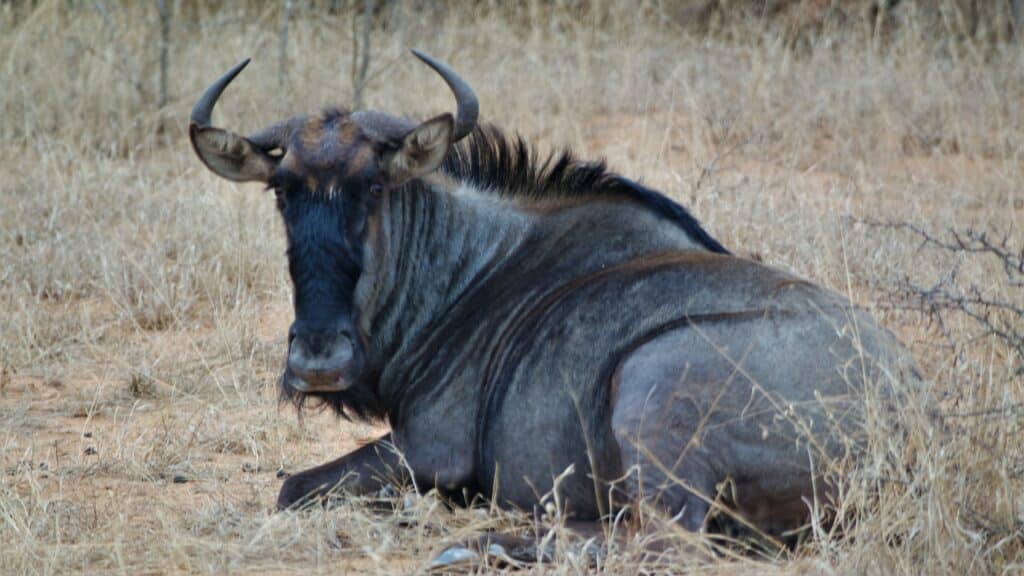
The (blue) wildebeests are popular for the great migration in Africa, as they can be witnessed moving in groups of thousands of individuals. They are herbivores and thus in the drier months, like any other animal has to go there where food and water can be provided in abundance.
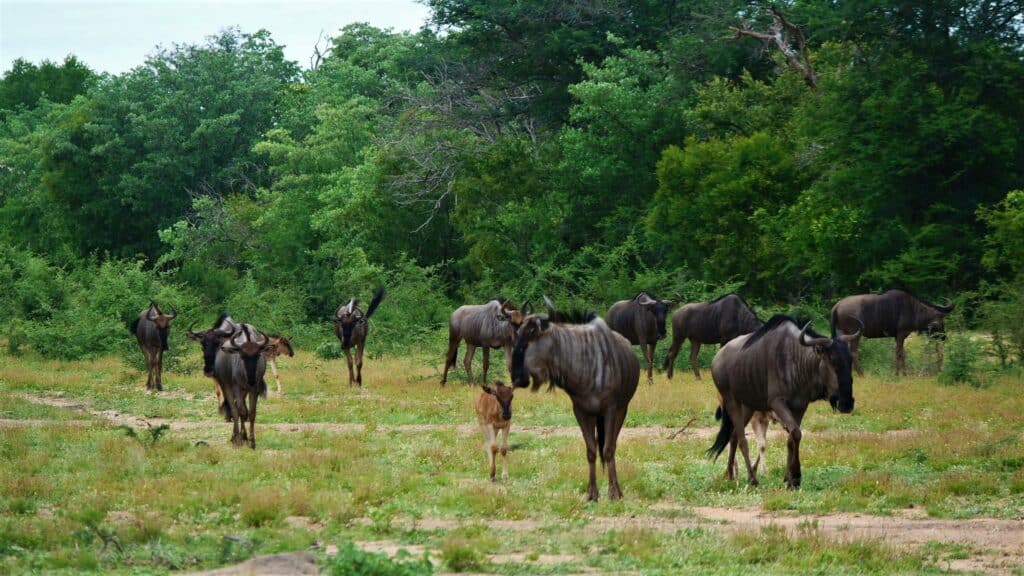
One of the most incredible things about these animals is the fact that a calf is able to run within 20 minutes of birth. As always, Mother Nature has thought of everything. These animals have to be able to get away from predators. They are frequently predated on by lions, leopards, crocodiles and even the young can be hunted by jackals.
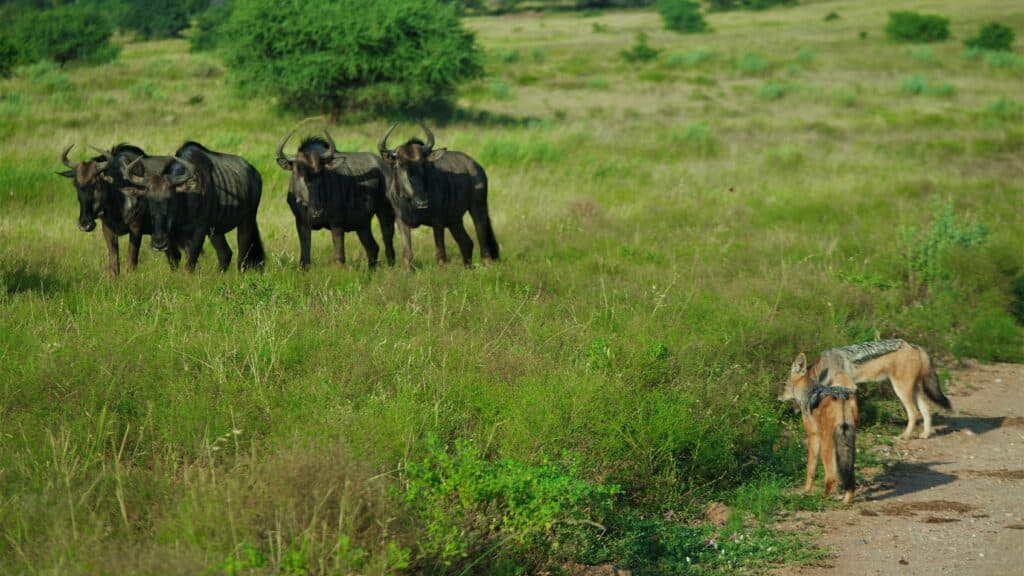
Both males and females have a set of horns, and they use this as a defense mechanism but are not always that successful as their horns grow to the side of their heads. Another very interesting about wildebeests is that they have a set of pre-orbital glands on their faces. And can be seen rubbing their faces in dirt patches, thus marking their territory, but also advertise themselves to females.
The Marabou Stork
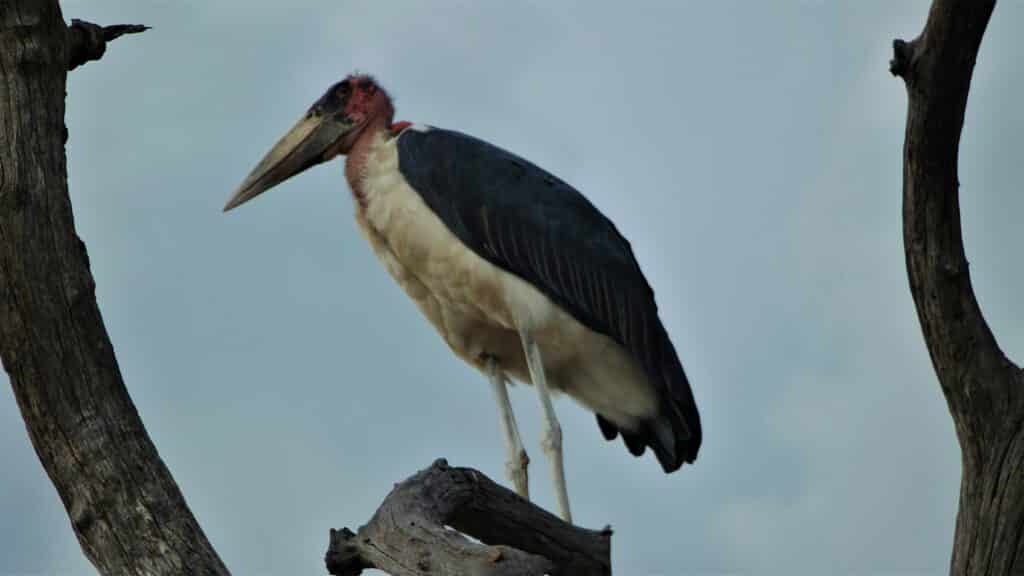
These large birds are commonly found in the Lowveld. They are crucial species when it comes to cleaning up the environment. Like hyenas and vultures, they feed on carrion (decaying flesh) and thus provide a huge service to other animals, with regards to diseases spreading. They are also opportunistic fishers often seen on the edges of waterholes, but will also feed on anything from termites to smaller birds.
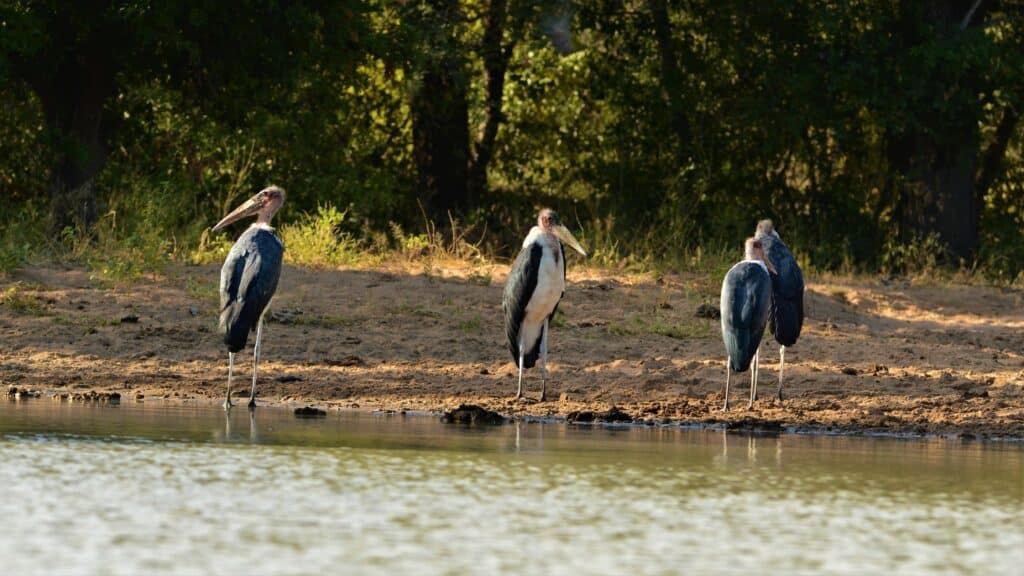
They can live up to an impressive 25 years in the wild! Being scavengers, they are also often seen with hyenas and vultures at carcasses and will compete for a piece by trying to use their size as an advantage over vultures.
“There’s always more to learn when it comes to nature and we will never truly know everything and even begin to fathom all the intricate details…but as humanity, it is our duty to always explore, discover, protect and preserve Mother Nature. For without her, we are nothing and will cease to exist…”
